Looking back at the movies, music, television, and other pop culture mainstays of this Gen-Xer's gloriously misspent youth.
Once I decided that Morgan Fairchild would be the subject of the next installment in this series, I did what I usually do and researched online for a bit, just to refresh my memory on details that might've previously been lost to time.
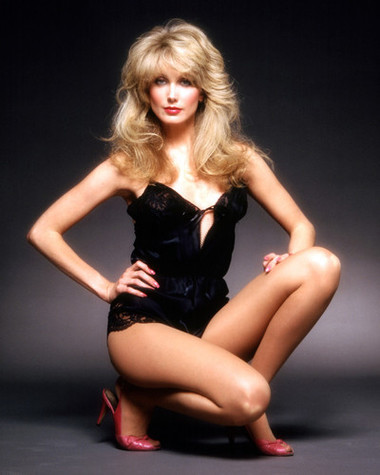 |
| Morgan Fairchild was legitimately one of the most potent sex symbols of the 1970s and '80s. |
Not that I needed much refresher when it came to Fairchild. Born Patsy Ann McClenny in Dallas, Texas, February 3, 1950, the American actress was everywhere during those oh-so-crucial formative years of my pop culture obsession. She loomed large in the growing ranks of proto-haughty glamour queens, a trope that was hot on prime time TV in the 1980s. The characters she was most well-known for were drop-dead gorgeous and didn't suffer fools lightly. Really, few ever did it better than Fairchild.
 |
| The shirt don't lie. |
This led to an undeniable attraction for adolescent dorks like me: here was a woman who would tell me what to do and unlike when a teacher or my mother gave me an order, I'd gladly do whatever Fairchild commanded. See also: Chrissie Hynde.
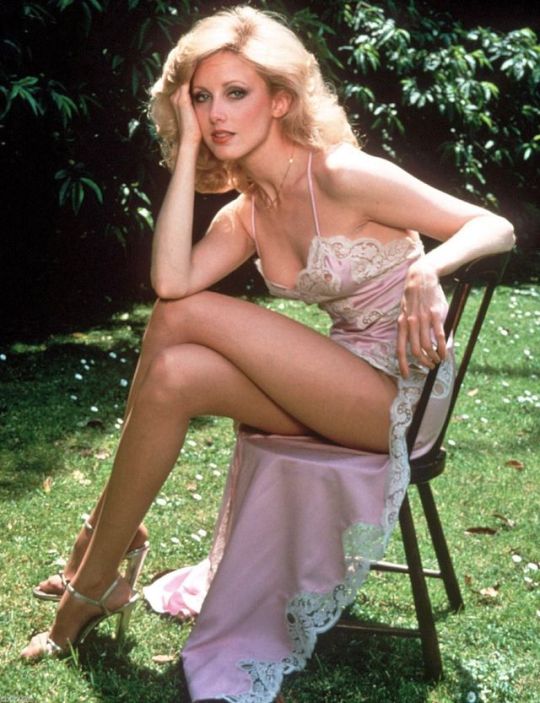 |
| A photographer's dream. |
So my online research led to a series of magazine covers with Fairchild in her heyday (it's hard work but somebody has to do it). Most featured salacious blurbs for articles and interviews inside the mags' pages. The late '70s, early '80s purple prose is downright hilarious, but also dispiriting. One word kept popping up when describing the blonde bombshell: Bitch. She's the "super bitch" who's "too sexy for TV." She even makes the Moral Majority nervous! This one takes the cake, though:
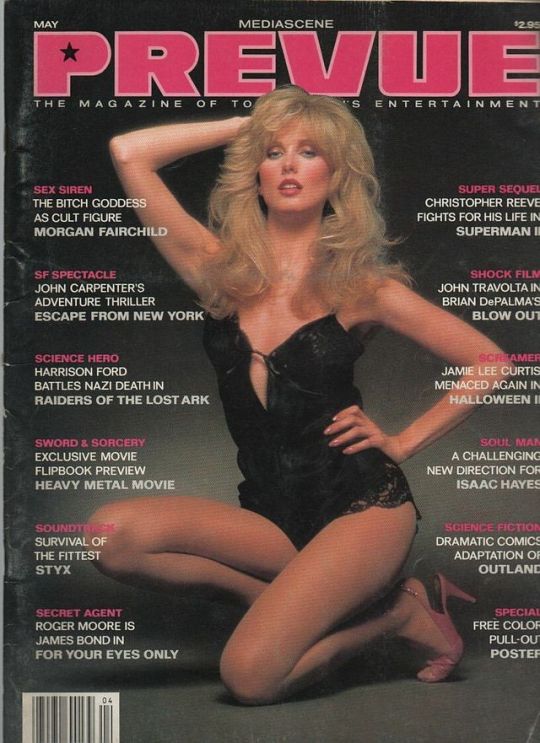 |
| Besides boasting that salacious blurb about Fairchild and one of her most iconic poses, the rest of this cover is also a veritable time machine traveling straight to the heart of my misspent youth. John Carpenter! Jamie Lee! Heavy Metal! Raiders of the Lost Ark! Superman! Styx! |
“The Bitch Goddess as Cult Figure”
Seriously.
That's such a provocative blurb. Let's break it down. First, there's that word again, "bitch," which was being thrown around a lot in those days when discussing tough broads like Fairchild. While rife with negative connotations—she's hot, so
of course she's a stuck up bitch—pairing it with "goddess" manages to elevate the whole thing into a weird sort of misogynist form of praise. And "The Bitch Goddess
as Cult Figure" keys into Fairchild's most notable work in lowbrow, gloriously trashy soaps and exploitation films, and how rabid fans admired her for these roles.
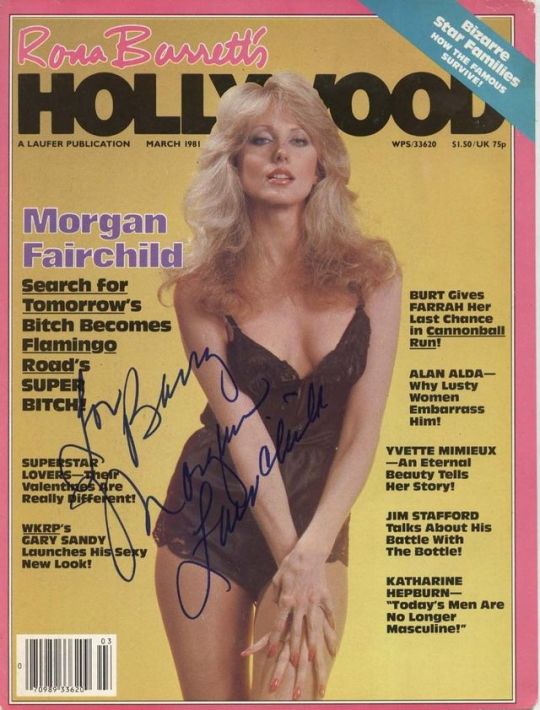 |
| She's graduated to Super Bitch? Aww, her parents must be so proud. |
Labeling Fairchild a "bitch" on the cover of magazines was in reference to the characters she played, especially on prime time soaps like
Flamingo Road and
Falcon Crest. Still, when you see it over and over again, in print, it's impossible to miss how the line between an actress and her work was being blurred. In the eyes of audiences and critics, circa 1980-something, Morgan Fairchild was the highly sexualized vixen, the piece of (admittedly) great ass. The Bitch.
 |
| Everything about this shot triggers my '80s nostalgia, hard. |
One particularly unsettling 1996 TV Guide cover blurb declared, "Why daytime's most demanding diva gets what she deserves." Again, they're conflating her with her character, and in a way that sounds vaguely threatening. I'm almost too nervous to contemplate what they think she "deserves."
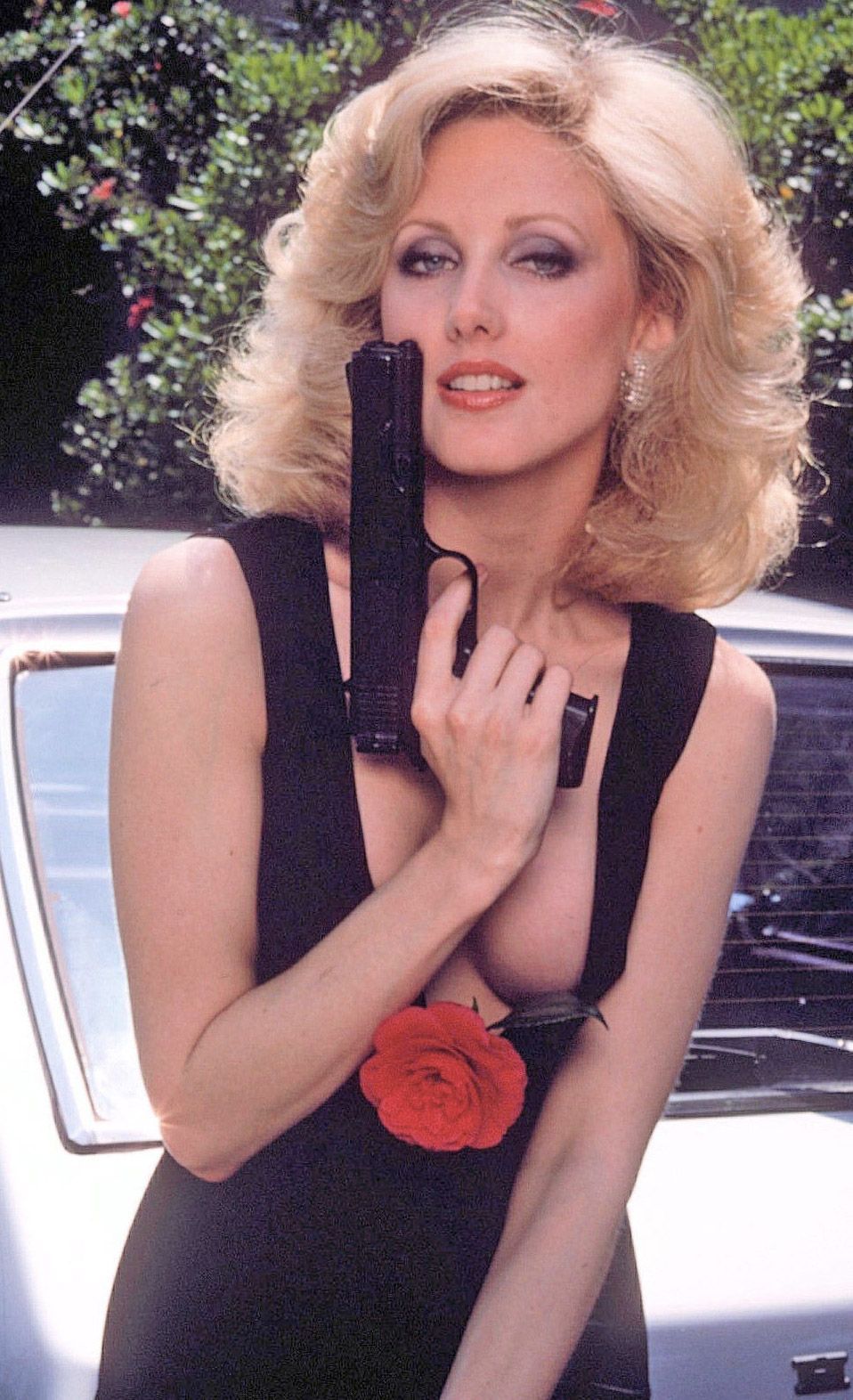 |
| Fairchild striking her very best femme fatale pose. |
Fairchild was so pigeonholed into the conniving, manipulative blonde bitch role, that she once made a point in an interview of declaring, "I'm not a predatory bitch. I'm a puppy dog." But it was easier for (mostly) male writers at rags like Prevue or People to profile Fairchild as a sexy bitch because that fed into the age-old male fantasy: the tough femme fatale with a smoking body who would give you the ride of your life and not expect any cuddling afterwords.
 |
| "America's new dominatrix." Copywriters just couldn't control themselves when it came to Fairchild. Also: this is the image that'll get flagged by your company's internet security protocols, so, um, is it too late to label this post NSFW? Oops. Sorry. |
Here's the thing. Fairchild was—and still is—stunningly beautiful, and many of us fell under her spell back then and never quite recovered. During those years, her sultry stare—enhanced a thousand-fold by smokey eye shadow and heavy lidded allure—and propensity to look bored with her own unbelievably scorching hotness were trademarks.
 |
| A not-so-subtle subversion of Fairchild's media-driven dominatrix image, but one which Fairchild still manages to flip on its head once more. Photographed in a submissive pose and smiling sweetly, yet her eyes reveal strength and dominance: she's still the one in charge, fellas. |
Without question, she was one of the great sex symbols of her generation, filling that blonde bombshell role—which Hollywood, critics, and audiences love to love and love to hate, in equal measure—better than most ever have or ever will. I once saw her described, on some website or other, as a delicate, porcelain-faced beauty with the well-toned body of a high-class stripper. Knowing her good nature, I think she would chuckle at that.
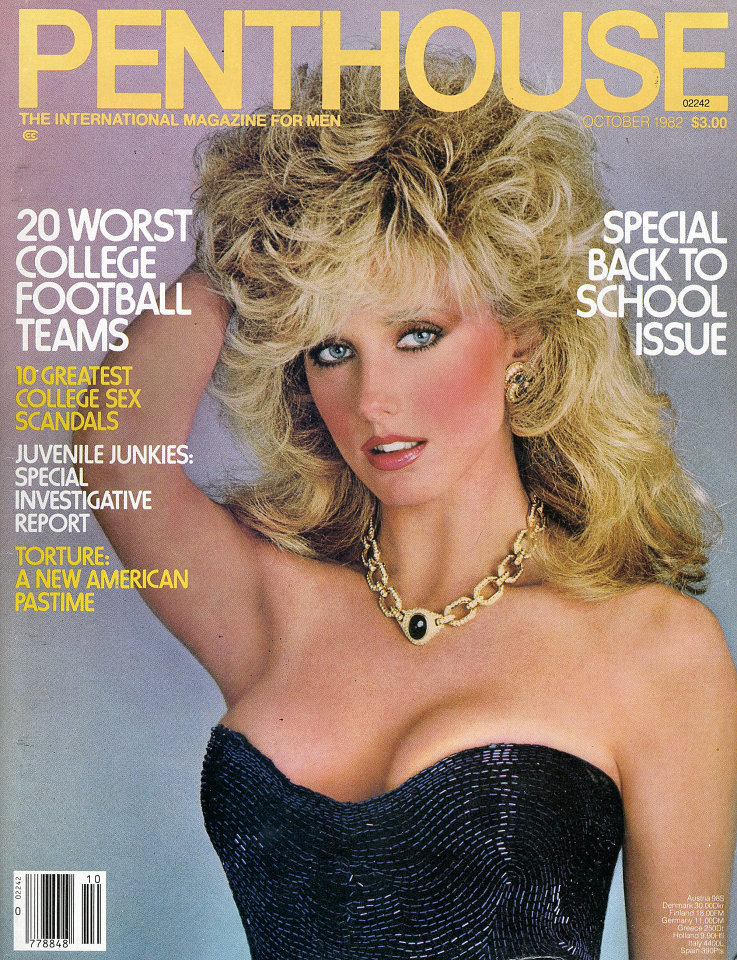 |
| One Amazon reviewer tells it like it is: "A must-have back issue." |
Lest we forget, she also brought a real talent for high camp to much of her work. She proved, in one soap and sitcom after another, that she was a naturally gifted comedian. To paraphrase Melanie Griffith in Working Girl, she had a mind for comedy and a bod for sin.
 |
| The answer to this question was a resounding yes, yes she is too hot for TV. |
Through her sharp wit and glamorous charm, as much as her long, smooth legs and extraordinarily abundant cleavage, she developed a cult following that continues to this day. Fans, straight and gay, absolutely love her. She managed to make being a bitch onscreen seem not only enjoyable but empowering. She's also never been afraid to speak up or out for any number of worthy causes, including raising awareness in the early '80s about the threat of AIDS before most of her Hollywood peers joined the cause.
 |
| "Because one look is never enough." I really need to find a copy of this, pronto. |
Still, as with most sex icons, ingrained patriarchal biases slotted Fairchild into her place as the man-eating bitch, there to be ogled and treated as a pleasure object, first and foremost. She had the last laugh, though, leveraging this reductive label into a lucrative career filled with memorable and fun appearances on such hits as
Friends (as Chandler's hot mom),
Roseanne (as Sandra Bernhard's hot lover), and
Cybill (as Cybill Shepherd's hot nemesis).
 |
| Listening intently to her adoring fans. |
There she was a few years back, nearing sixty, showing up on
Two and a Half Men. With a wink and a nod to her decades of sex symbol status, she sported eye-popping, jaw-dropping cleavage and emanated the same heat she generated in her prime. Like I said, few have ever done it better.
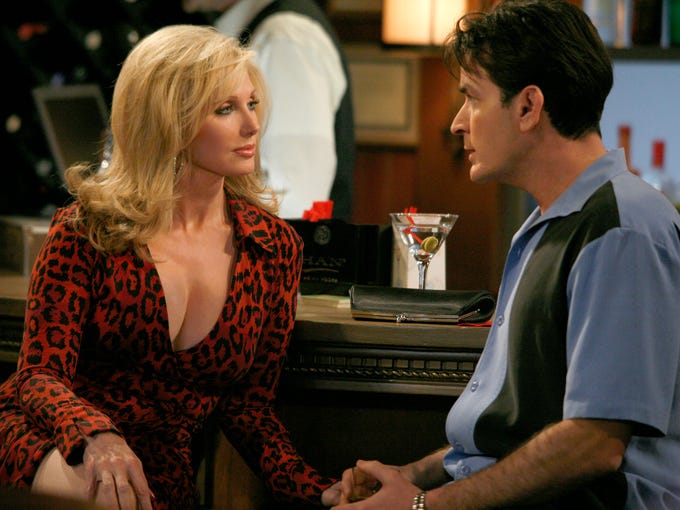 |
| Mesmerizing Charlie Sheen and audiences everywhere, for more than four decades now. |
Morgan Fairchild was always more than her media-driven sexy bitch image would have you believe. She was a rarity, combining sex appeal with wonderfully self-aware comedic chops, which is a big reason why she'll always be one of the seminal ‘80s crushes of any misspent Gen-X adolescence worth its salt.
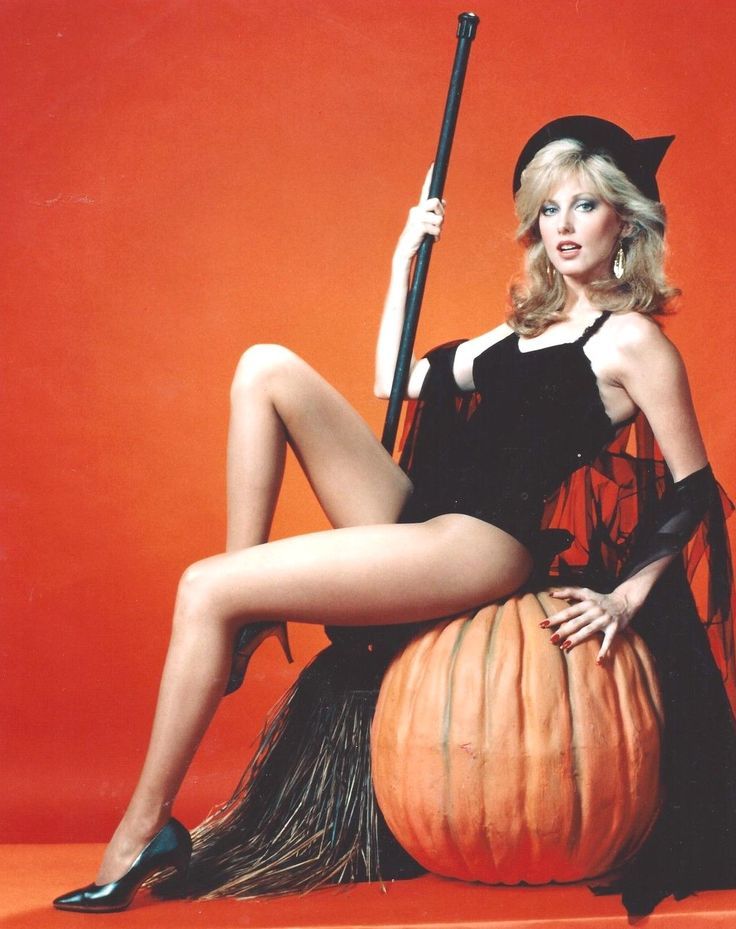 |
| Looks like I've found my October profile pic. |












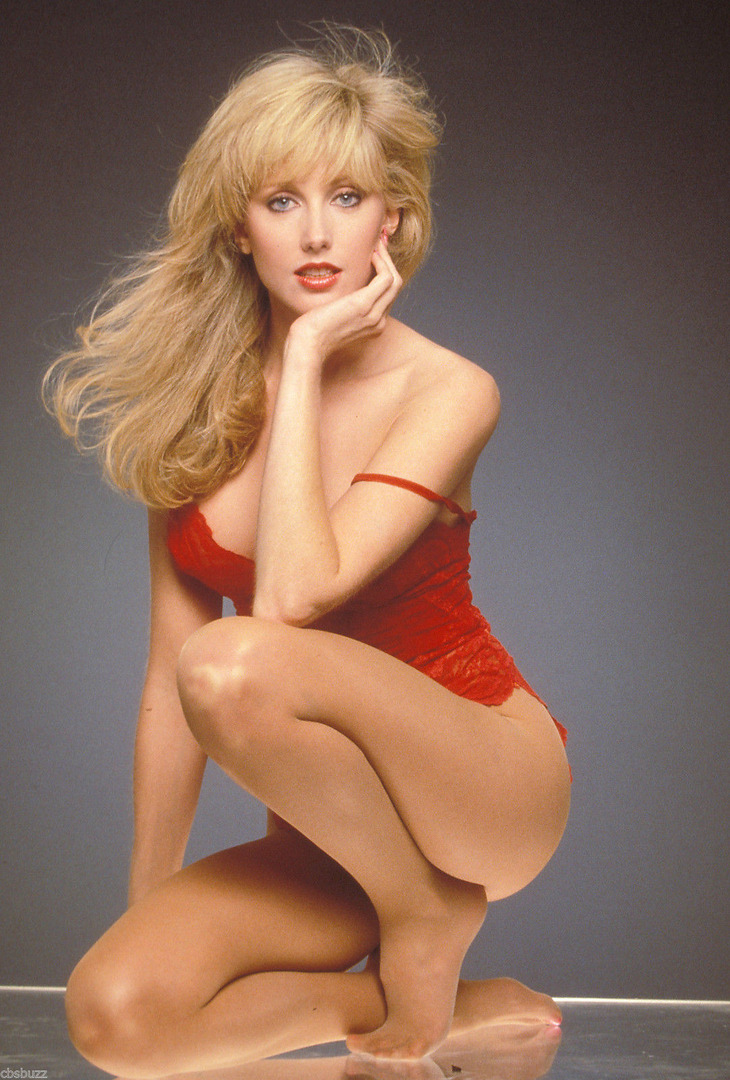



I feel like Joan Collins was one the THE most photographed women of the '80s, but Morgan is certainly right up there, too! (And every picture is a scream...!) The two of them actually worked together once on a TV special called "Blondes vs. Brunettes." They swapped hair colors (via wigs!) Morgan has one of the most distinctive voices I have ever heard, too. If you aren't looking at the TV, you always know if it is she who's speaking.
ReplyDeleteYou're so right about her voice, it's entirely her own and you can't mistake for anyone else. I think I have a very vague memory of that TV special but now you've got me wanting to hunt it down and see if streaming someplace!
DeleteShe's really great. One of a kind as a celeb, actress, & person. You did a very unique, interesting analysis of media interpretation of her image over time! Thanks.
ReplyDelete